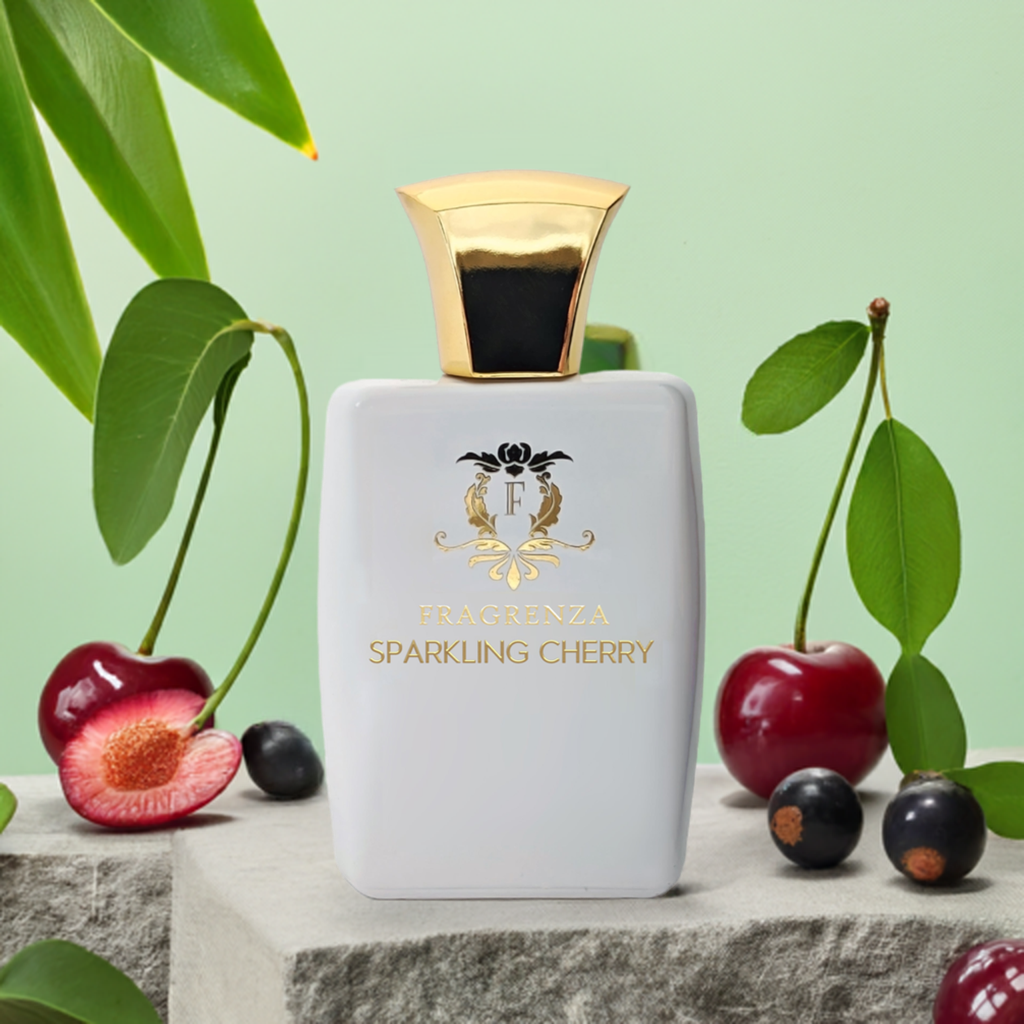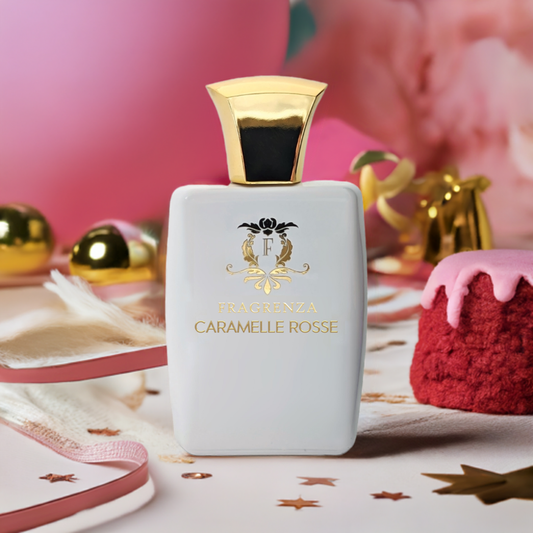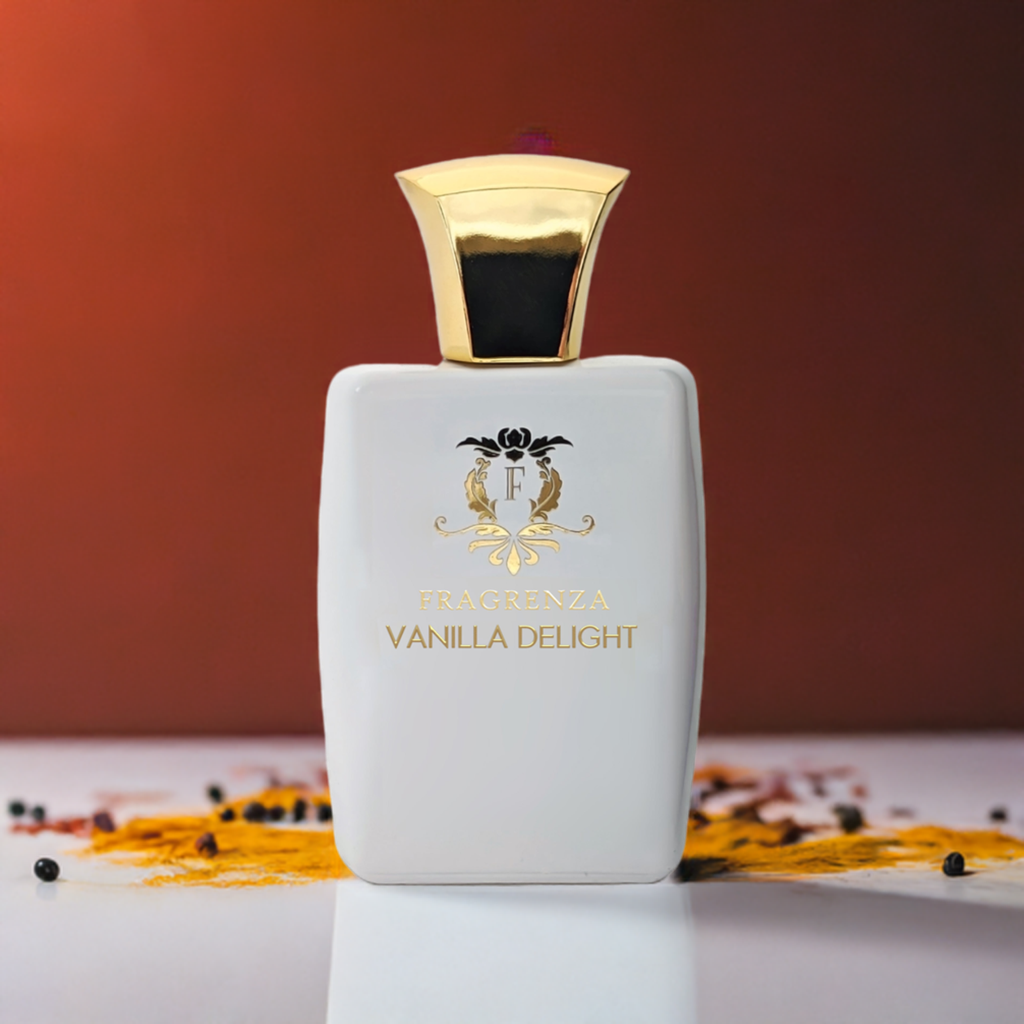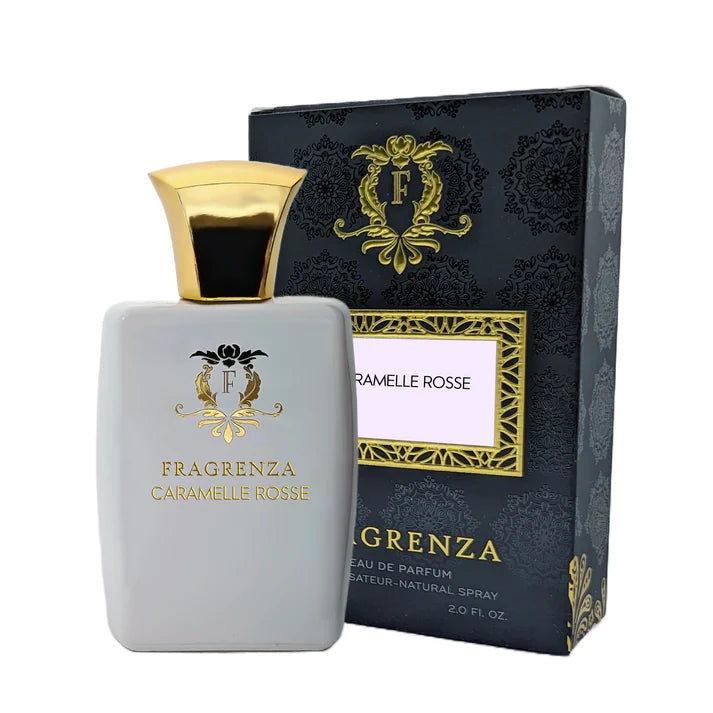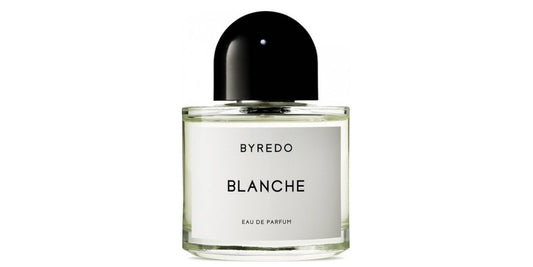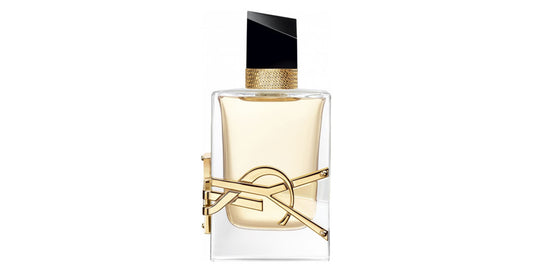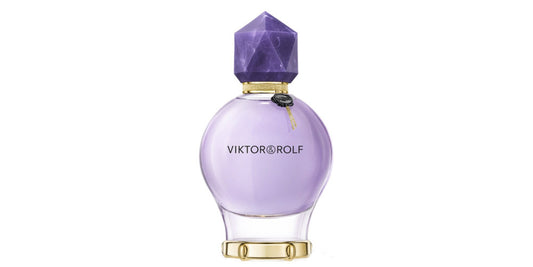The Science of Scent: The Chemistry of Perfumes and Our Emotional Ties

In This Article
The world of fragrances is much more than a mere symphony of pleasant smells. It's a science—where chemistry, biology, and emotion intertwine. Ever wondered why a specific perfume instantly transports you back to a fond memory or stirs up a rush of emotions? Let's embark on a journey into the fascinating world of the science of scent.
The Chemistry Behind Perfumes
Perfumes are essentially a blend of essential oils, aroma compounds, fixatives, and solvents. But it's the particular arrangement of these molecules that gives a fragrance its unique character.
Molecular Structures &Perfume Notes
Each scent is composed of different molecules, each with its own evaporation rate. This is why we experience:
- Top Notes: These are the initial, lighter molecules that you smell immediately upon application. They evaporate quickly, usually lasting just 5-30 minutes.
- Middle or Heart Notes: They emerge as the top notes dissipate. Being more robust, they can last from 20 minutes to an hour.
- Base Notes: These are the heaviest molecules and form the foundation of the perfume, lasting several hours after application.
Natural vs. Synthetic Compounds
Not all fragrances are derived naturally. With advancements in organic chemistry, synthetic aroma compounds can replicate and even enhance natural scents. For instance, aldehydes, introduced in the early 20th century, gave birth to modern perfumery by producing fresher, more radiant scents.
The Olfactory System: How We Detect Scents
The act of smelling isn't just about inhaling an aroma. It involves a complex system—our olfactory system.
When you inhale a perfume, its molecules travel up to the olfactory epithelium located at the top of our nasal passage. These molecules then bind to specific receptors. Like a lock and key mechanism, different molecules fit different receptors.
Once the molecule "fits" a receptor, it triggers an electrical signal, which travels to the brain's olfactory bulb and then on to other regions, particularly the limbic system – a set of structures deeply involved in emotion, memory, and behavior.
Emotional Ties: Memory, Emotions, and Fragrance
There's a profound reason why certain fragrances evoke memories and emotions. The limbic system, particularly the hippocampus and amygdala, plays pivotal roles in forming memories—both emotional and declarative.
Because our sense of smell is directly linked to these regions, scents can instantly evoke vivid memories or emotions—more potently than visual or auditory stimuli. This phenomenon is often termed the "Proustian Memory" effect, referencing Marcel Proust's "Remembrance of Things Past," where the narrator recalls long-forgotten memories from childhood after tasting a madeleine cookie dipped in tea.
Conclusion
The allure of fragrances goes beyond their pleasant aroma. It's a dance of molecules interacting with our biology, intricately woven with our memories and emotions. The next time you wear your favorite perfume or come across a familiar scent, remember—you're not just smelling, you're reliving memories, evoking emotions, and experiencing the wonder of science.
Discover the rich tapestry of fragrances and the science behind them at Fragrenza. Dive deep into a world where chemistry meets emotion.
